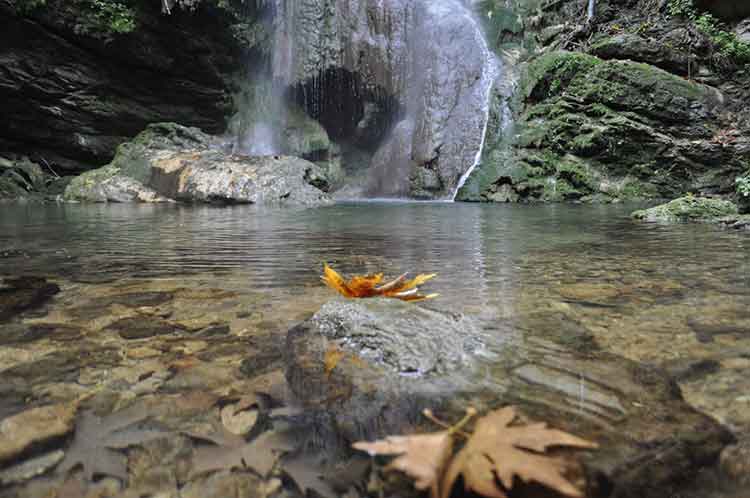The island of Kythera has many springs, most of which are in the central and northern parts of the island. Some of the springs in the northern area contain minerals. The most important springs are in Mylopotamos, Mitata, Viaradika, Gonies, Krya Vryssi, Peratis, Ocheles, Petrouni and Karavas. 1. Kaloyerou behind Agios Nikolas 2. Petrouni 3. […]

Leave your comment
You must be logged in to post a comment.